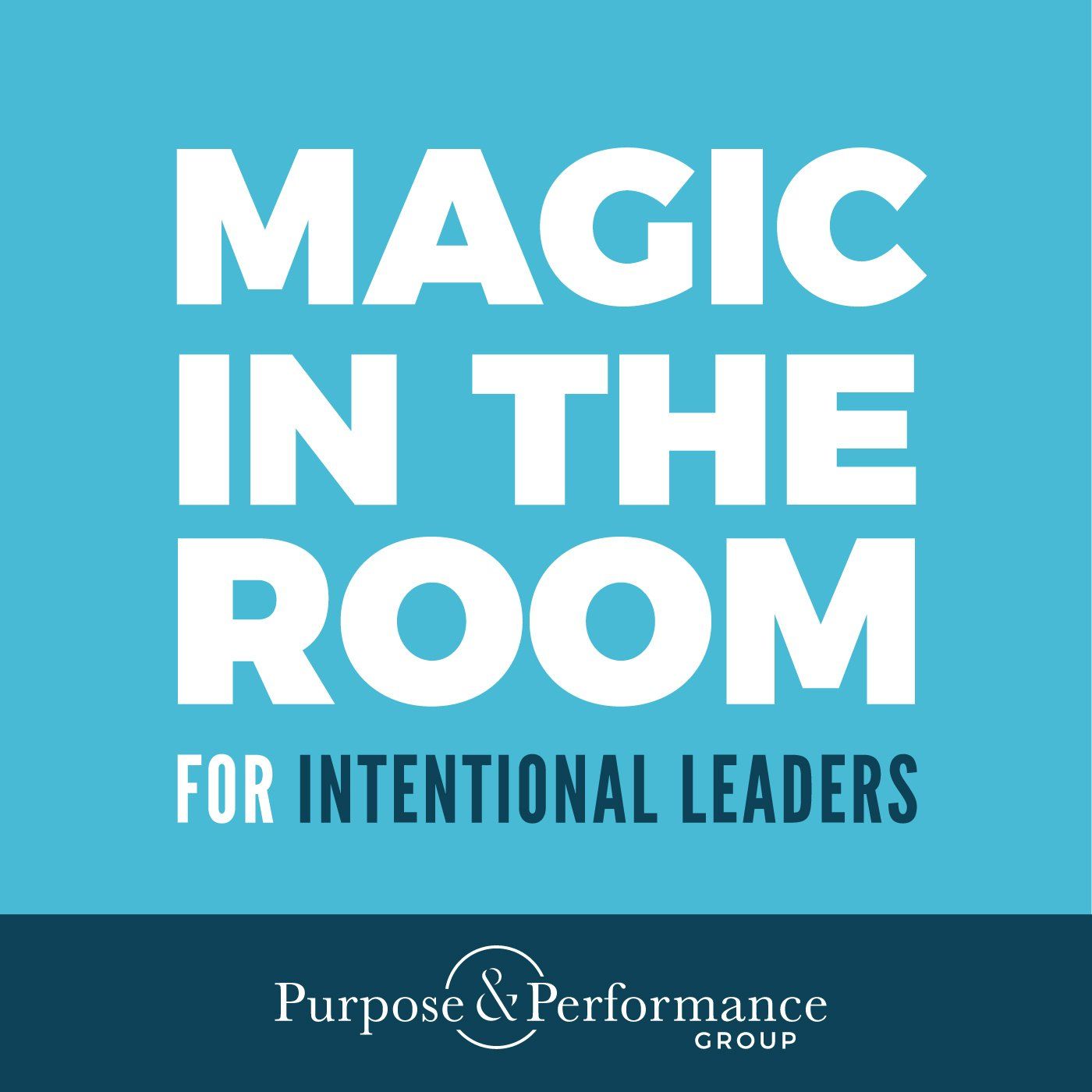Dr. Bob’s Reads: Abundance
My purpose is to help all people flourish by creating & supporting healthy organizations. As a part of this purpose, I am committed to finding & sharing best practices & resources regarding purpose-driven leaders, teams & organizations.
Today’s best practices come from Melanie A. Katzman’s book entitled “ Connect First.” The book is filled with important, practical ideas for enhancing employee experience & performance. This post will focus on the key takeaways from Chapter 26. “There’s Plenty for Everyone.”
Key takeaways:
- “If you look at what you have in life, you will always have more. If you look at what you don’t have in life, you will never have enough.” – Oprah Winfrey
- “In “ The 7 Habits of Highly Effective People ,” Stephen Covey observes: Most people are deeply scripted in the “Scarcity Mentality,” they see life as though there were only one pie out there – if someone gets a big piece of the pie, it means less for everyone else.”
- “People with a scarcity mindset have a very difficult time sharing recognition and credit, power or profit. Their difficulty being genuinely happy when other people succeed prevents them from connecting meaningfully with others.”
- “The abundance mindset assumes there is enough for everybody. Another person getting a raise is not a source of jealousy or internal pain because you know that person’s achievement doesn’t take anything away from you.”
- “Leaders who adopt a not-enough attitude and complain about the shortage of time, money, or resources typically frame their challenges through what they lack. The focus becomes preservation rather than growth.”
- “Leaders with an abundance-based mindset are prepared to search for and often develop people and new ideas. Meaning and joy more readily emerge at work when the richness of opportunity is celebrated.”
- “Be generous. Immerse yourself in the fullness of all you have to offer.”
- “Giving away what is so scarce in organizational life – appreciation and information – replenishes the supply.”
- “Create your own environment of abundance – spend time with people who see possibility.”
- “Challenge colleagues who are quick to note what’s missing and forget to celebrate what’s working.”
- “Become aware of the thoughts in your head and make a conscious effort to focus on all that you have.”
- “What you tell yourself and others shapes your reality. When you address your team, share work news with friends or update your family, are you telling stories of scarcity or stories of abundance?
- “Keep a gratitude journal. Write down what you are grateful for every day.”
- “Practice purposeful wonderment. An abundance mentality craves learning and growth. Seek out novel experiences and soak up the rich enthusiasm and energy that is released when you jump into the unknown.”
Bottom Line
At Purpose & Performance Group, we help courageous leaders practice “purposeful wonderment” as they (1) wade through the unknown, (2) help stakeholders move from a scarcity mindset to an abundance mindset & (3) search for & build cultures that ignite the passion, innovation of all stakeholders. Not only do we believe that there is an abundance of pie out there, we are dedicated to making & giving away as much pie as possible. Grab your fork & give us a yell.
The post Dr. Bob’s Reads: Abundance appeared first on Purpose and Performance Group.


